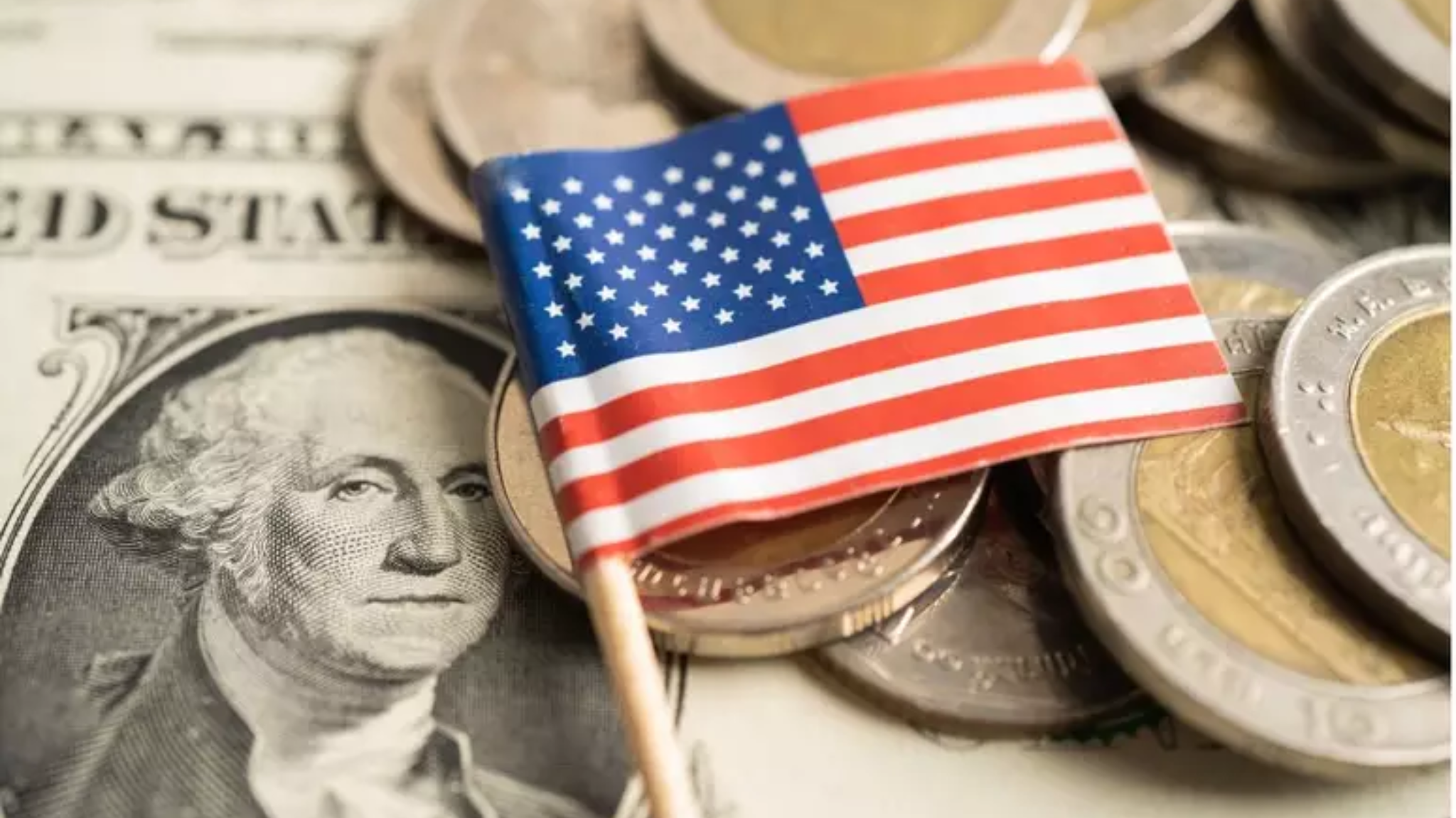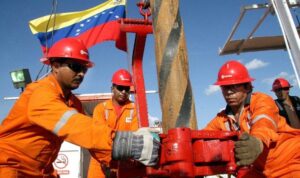
Published 10/22/2024 09:25 | Edited 10/22/2024 12:32
As had already been announced in August by Jerome Powell, president of the Fed, the central bank of the United States, interest rates began to fall. Rates on so-called Fed Funds were reduced from the 5.25% to 5.5% range to the 4.75% to 5.0% range.
To face inflation that reached a peak of 9.1% in 2022, the highest level in the last four decades, the Fed increased the basic interest rate 11 times, between 2022 and 2023, raising it to the highest level of the last 23 years – 5.25 to 5.5% annually. Rates started in a range of 0% to 0.25% in early 2022 and rose to 5.25% to 5.5% in July 2023. This sharp increase in interest rates apparently had not significantly affected the level of activity and the level of employment, which led analysts to speak of a “soft landing” for the North American economy.
This perception, however, has changed in recent months given the reduction in the number of vacancies and an increase in the unemployment rate for four consecutive months, jumping from 3.7% at the end of 2023 to 4.3% in the last month of July. This sparked fears that high interest rate policy could be driving the US economy toward recession and a bumpy landing and led Fed Chairman Jerome Powell to announce in August the Fed’s intention to begin lowering rates. interest rates from the next meeting in mid-September. “We will do everything we can to support a strong labor market as we move towards price stability,” said Powell last month, when he announced the start of monetary policy easing (Valor, 9/20/2024 ). With the inflation rate already very close to the 2% target, the Fed’s concern is to ensure a smooth landing for the economy, thus shifting the focus to the issue of employment.
But to what level does the Fed intend to drive interest rates in the coming months? Assuming that the inflation rate remains close to 2%, the Fed’s tendency is to seek the “neutral interest rate”, that is, the theoretical interest rate that the Fed believes will allow employment to be as high as possible as long as inflation is within the target range, which Jerome Powell has already said he does not know what it is. As Nick Timiraos stated in the Wall Street Journal (9/22/2024), “The Fed doesn’t know on either front. Policymakers generally set policy with the goal of figuring out where their interest rate stands relative to a so-called neutral rate that neither stimulates nor slows growth. The neutral rate cannot be observed. Before the pandemic, most Fed officials thought this neutral rate had fallen to 2.5% or lower. Now, many think the rate has increased. Possible contributors include increased government definitions and new sources of investment demand.” However, by announcing that the “long-term” Fed Funds rate has risen to 2.9% in the latest projections, from 2.8% in June, the Fed implicitly admits that it will make at least two more cuts of 0.25% this year and a 1% cut in 2025, which should take interest rates in the United States to somewhere between 3.0% and 3.5% next year.
With interest rates falling and economic activity rising, money is flowing into the North American stock market, particularly technology companies. Shares of Nvidia, a technology company based in Santa Clara, California, which produces microprocessors for artificial intelligence, have appreciated 227.44% in one year, after having tripled in price in 2023. This movement is reflected in a record outflow of dollars in Brazil, which, despite the weakening of the dollar globally, does not allow the price of the dollar to fall in Brazil.
Source: vermelho.org.br

